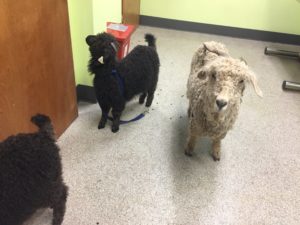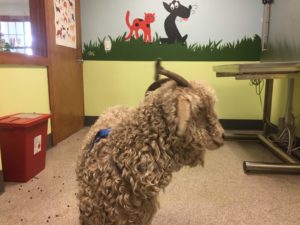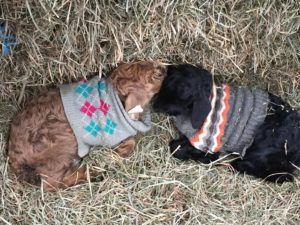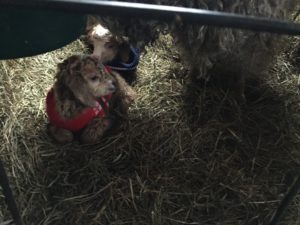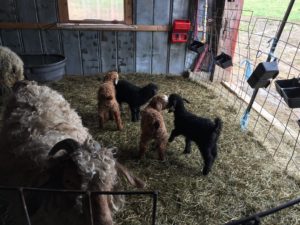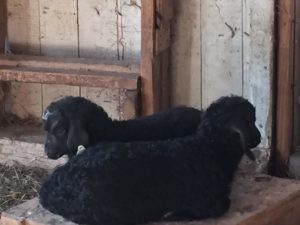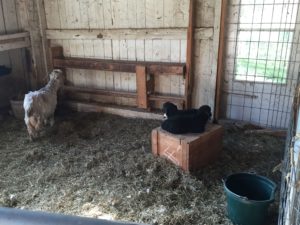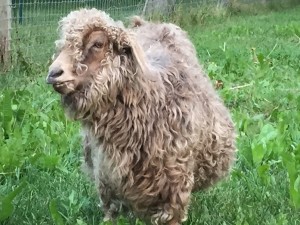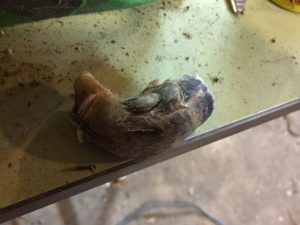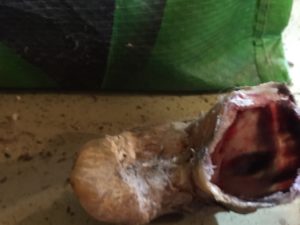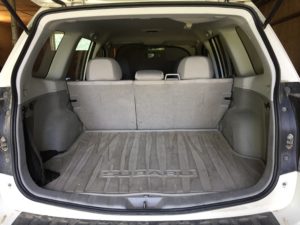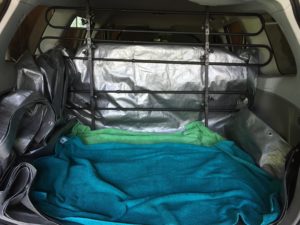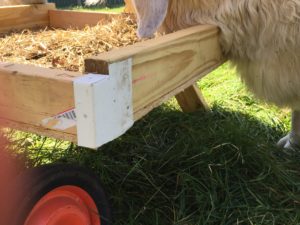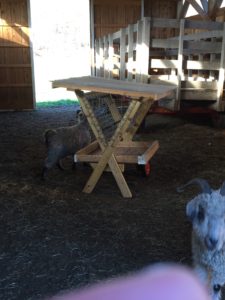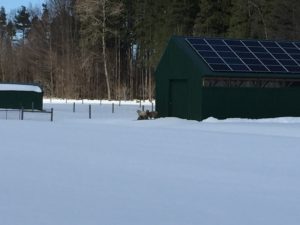Our old goat, Harriet, passed away peacefully in early February.
She struggled with arthritis for the last couple of years and despite taking anti-inflammatory and pain medication, the cold during the polar vortex was too much for her to handle and we made the difficult decision to have her euthanized once it was clear she was suffering.
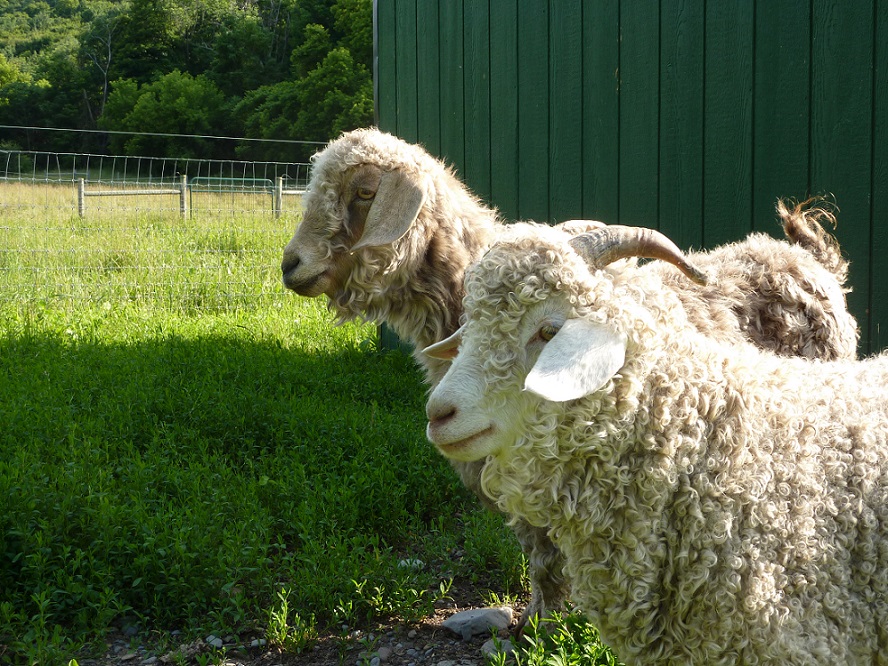
The average life expectancy for an angora goat is believed to be only 8 to 11 years. Harriet was at least 16 years old (ancient in angora goat years). She lost her front teeth, had her horn cut down when it was threatening to grow into her skull, and still kept ticking.
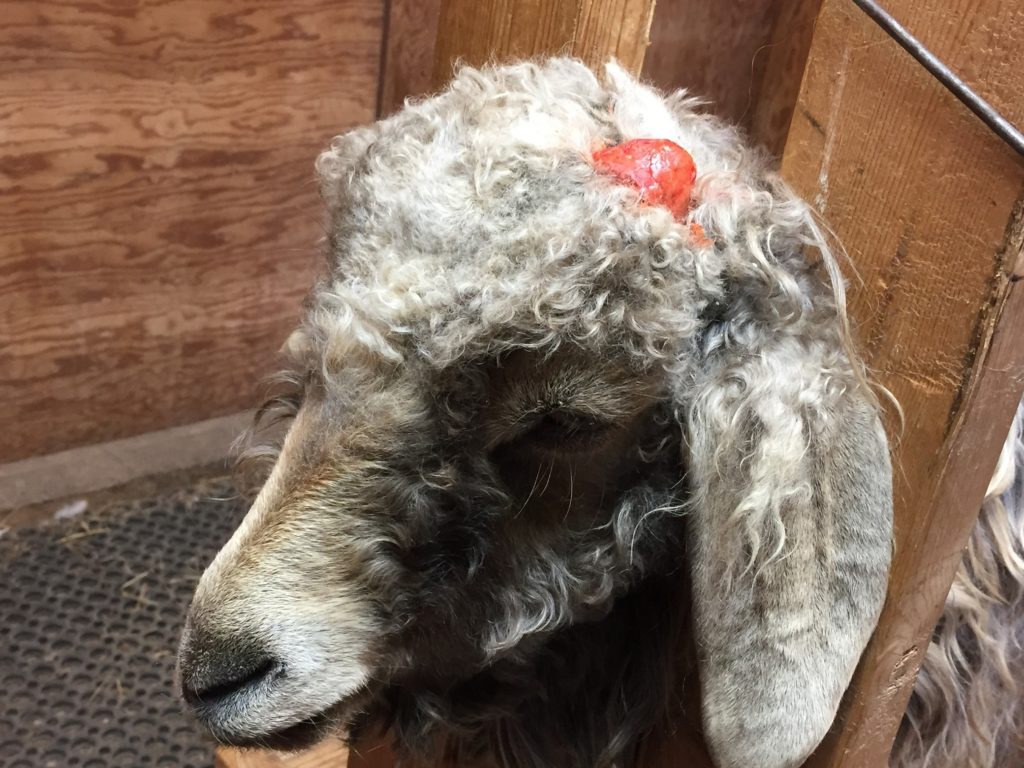
We will miss her gentle nature in the flock and her unique color out in the pastures.
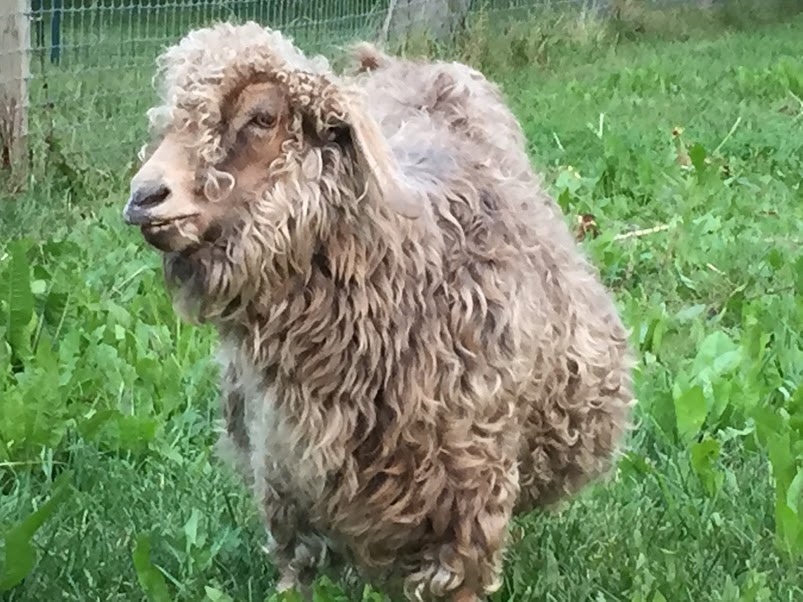


We had her cremated and plan to spread her remains around the pasture once spring arrives.

